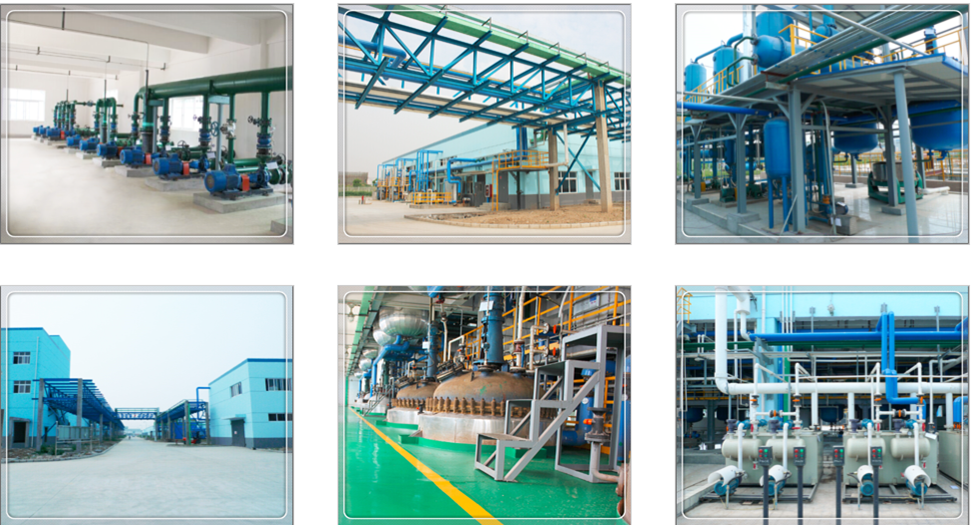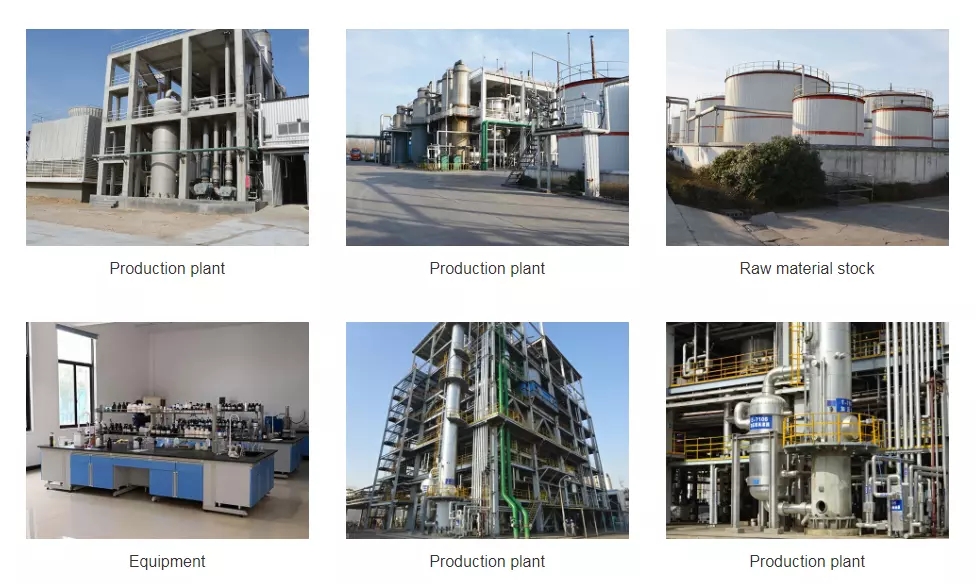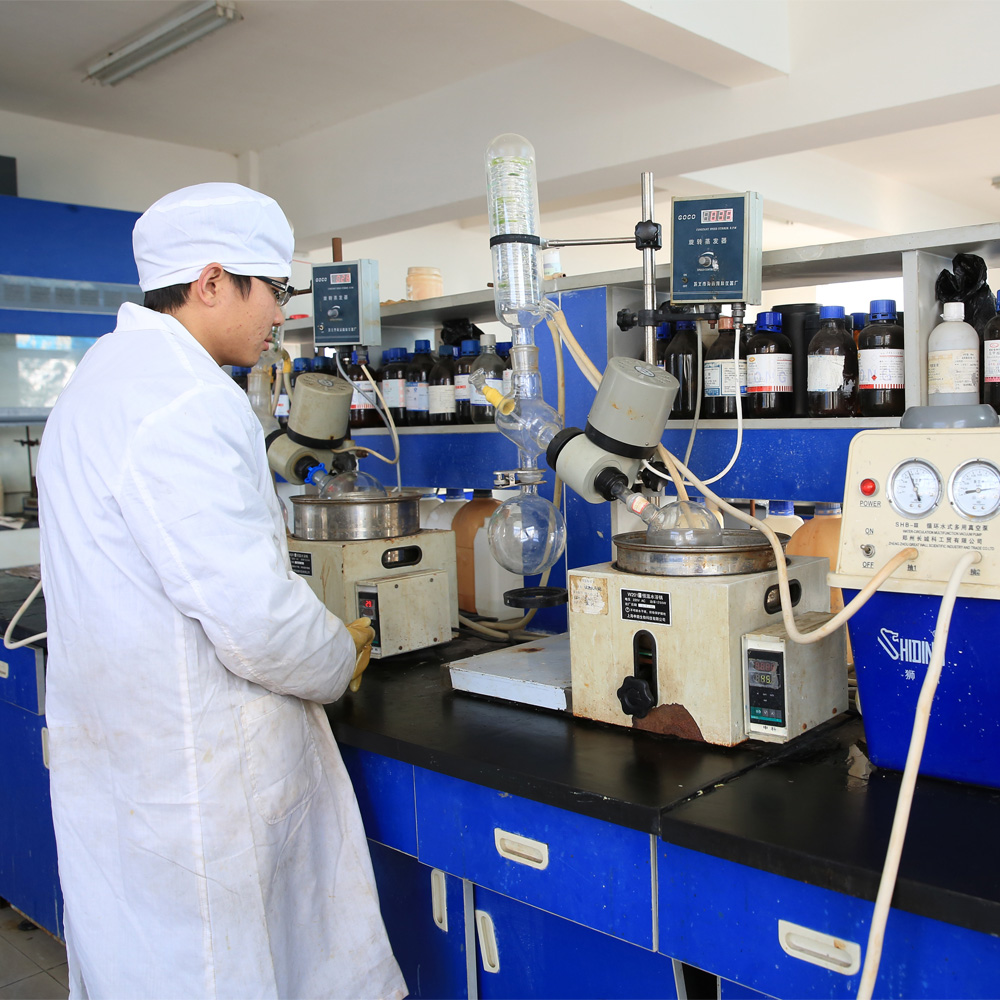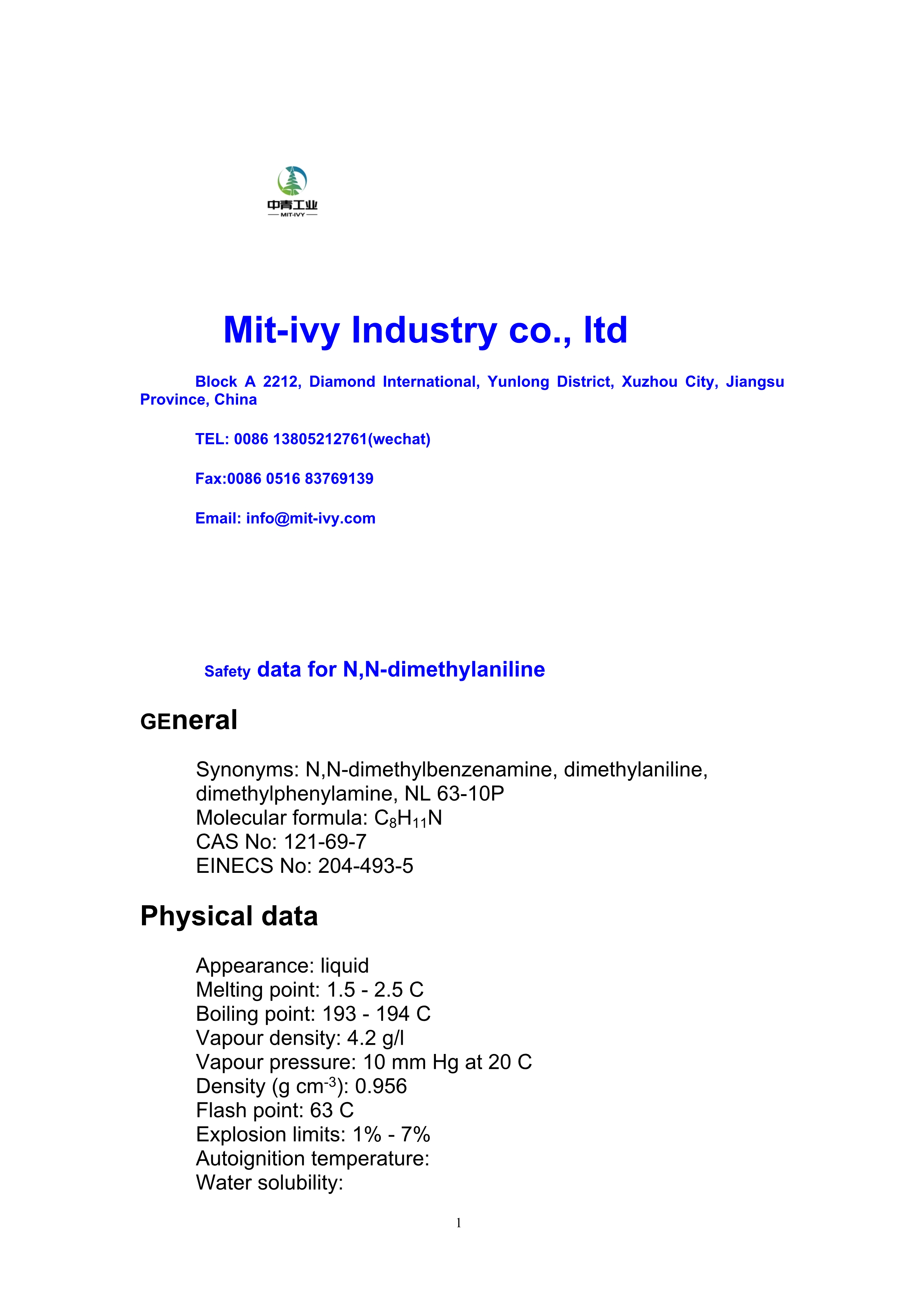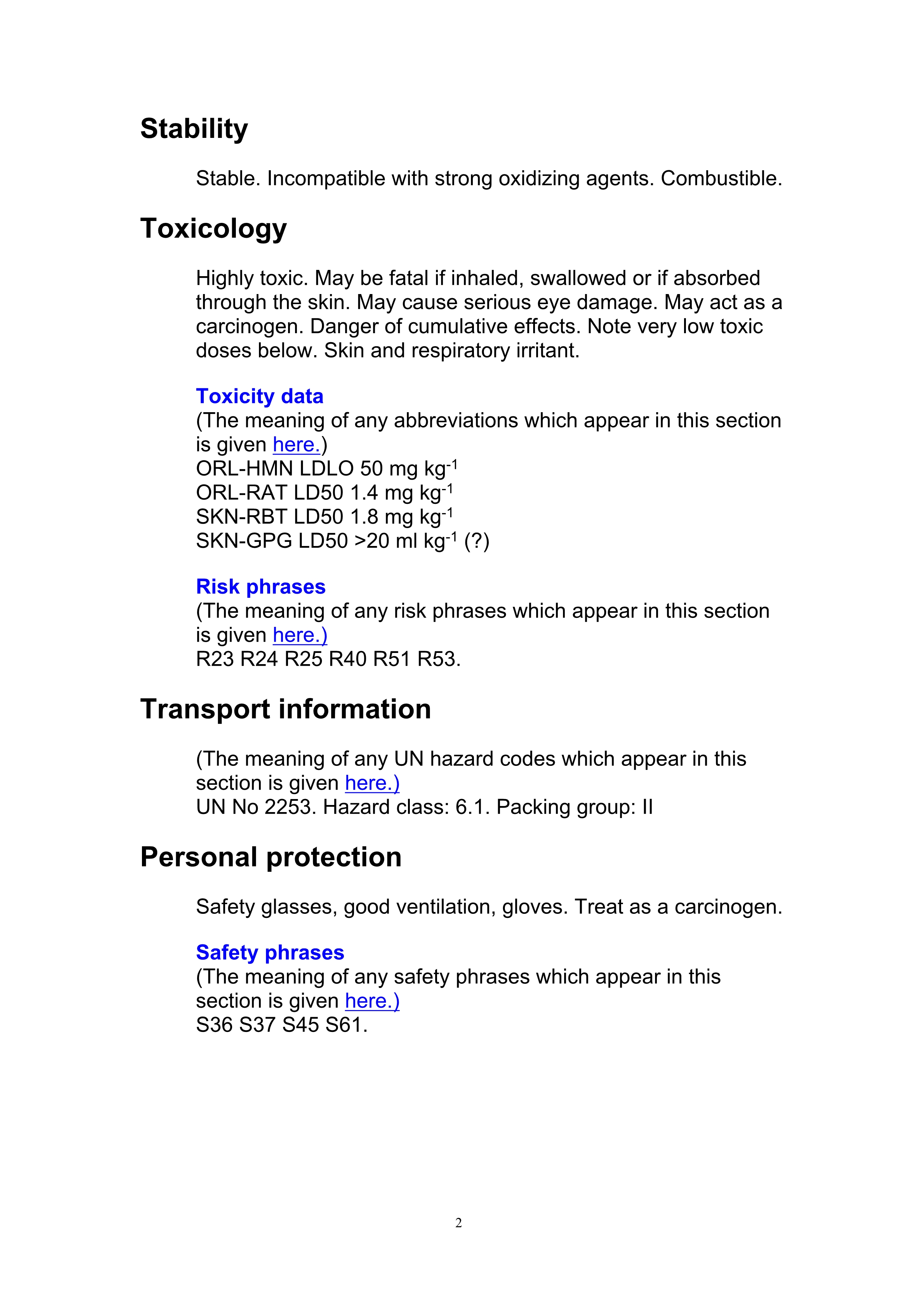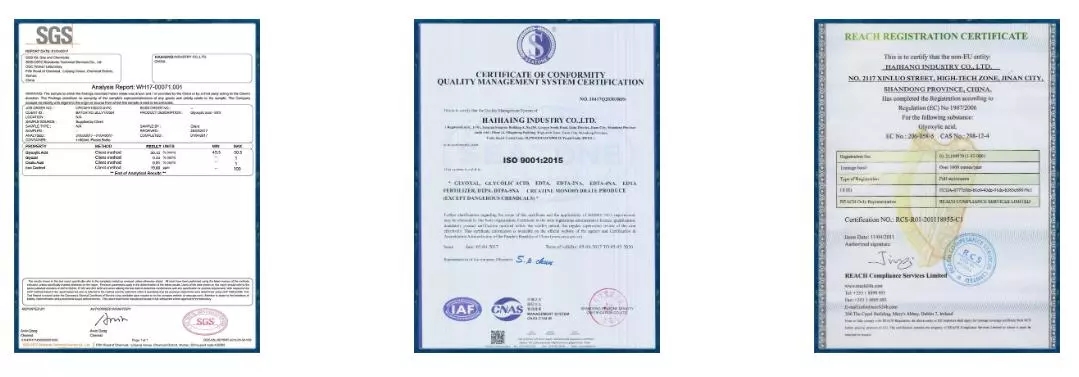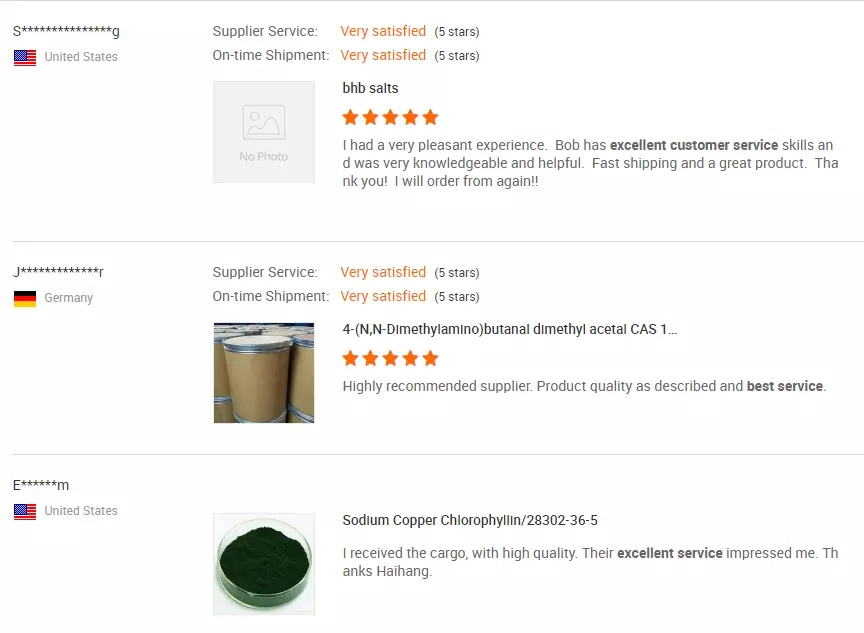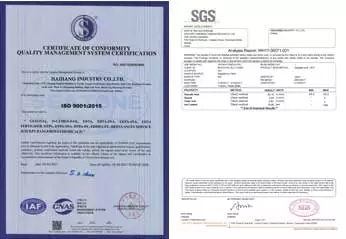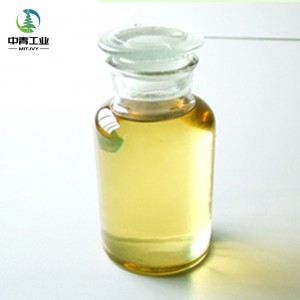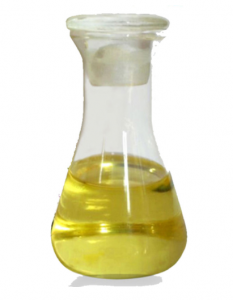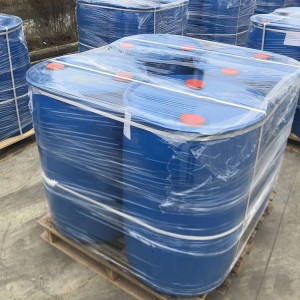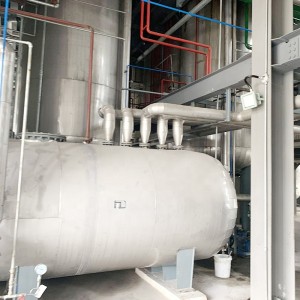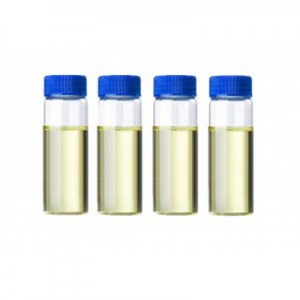Supply high quality Monomethylaniline CAS100-61-8
Application
|
Product Name】 Monomethylaniline |
|
【Synonyms】 1H-Imidazole, 2,2'-dithiobis[4-(1,1-dimethylethyl)-1-(1-methylethyl)- |
|
【CAS】 |
|
【Formula】 C20H34N4S2 |
|
【Molecular Weight】 394.63 |
|
【EINECS】 262-955-1 |
|
【Beilstein/Gmelin】 844679 |
|
Physical and Chemical Properties |
|
|
【Melting Point】 153 - 153.5 |
|
|
【pKa/pKb】 4.84(at 25℃) (pKa) |
|
|
First Aid Measures |
|
|
【Ingestion】 If victim is conscious and alert, give 2-4 cupfuls of milk or water. Never give anything by mouth to an unconscious person. Get medical aid immediately. |
|
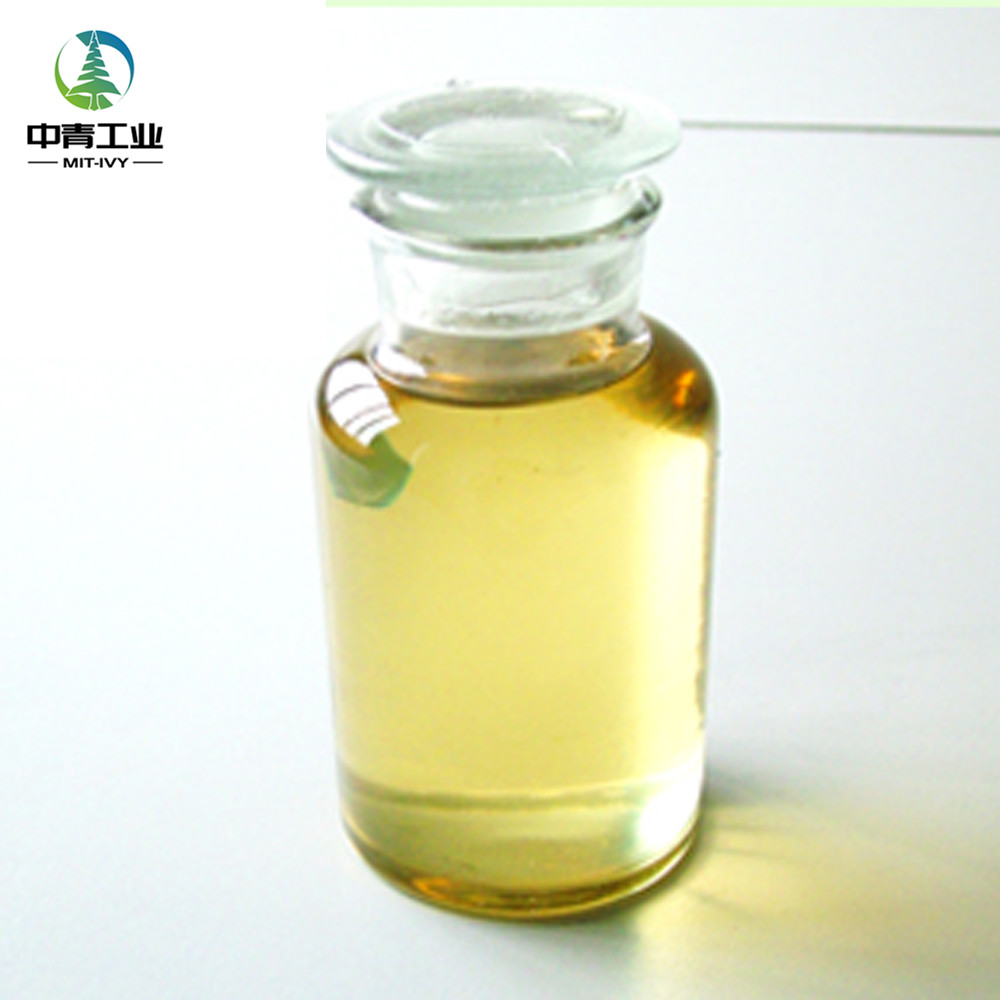
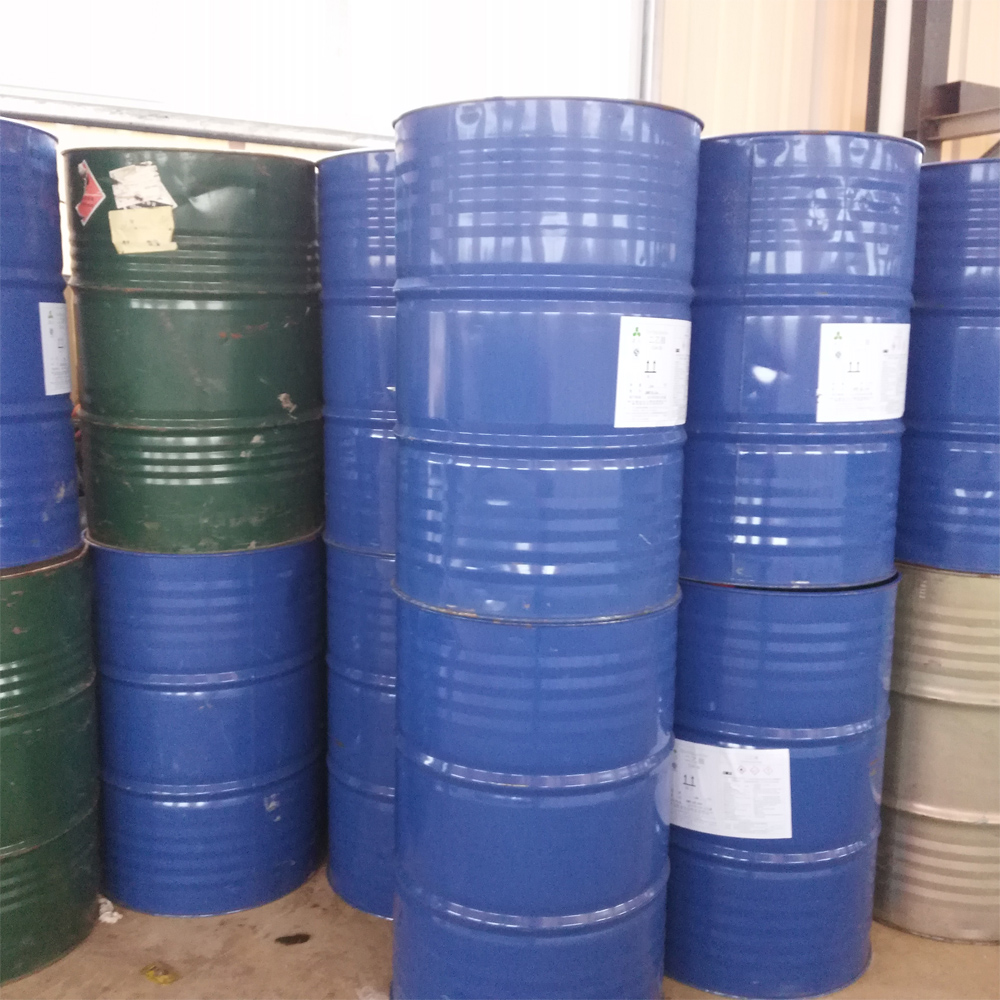
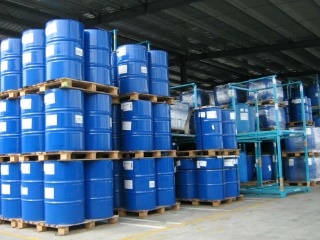
Quick Details
|
【Skin】 Get medical aid. Flush skin with plenty of soap and water for at least 15 minutes while removing contaminated clothing and shoes. Wash clothing before reuse. |
|
【Eyes】 Flush eyes with plenty of water for at least 15 minutes, occasionally lifting the upper and lower eyelids. Get medical aid immediately. |
|
Handling and Storage |
|
|
【Storage】 Store in a tightly closed container. Store in a cool, dry, well-ventilated area away from incompatible substances. |
|
|
【Handling】 Wash thoroughly after handling. Remove contaminated clothing and wash before reuse. Use with adequate ventilation. Minimize dust generation and accumulation. Avoid contact with eyes, skin, and clothing. Keep container tightly closed. Avoid ingestion and inhalation. |
|
|
Hazards Identification |
|
|
【Ingestion】 May cause irritation of the digestive tract. The toxicological properties of this substance have not been fully investigated. |
|
|
【Inhalation】 May cause respiratory tract irritation. The toxicological properties of this substance have not been fully investigated. |
|
|
【Skin】 May cause skin irritation. |
|
|
【Eyes】 May cause eye irritation. |
|
|
Exposure Controls/Personal Protection |
|
|
【Personal Protection】 Eyes: Wear appropriate protective eyeglasses or chemical safety goggles as described by OSHA's eye and face protection regulations in 29 CFR 1910.133 or European Standard EN166. Skin: Wear appropriate protective gloves to prevent skin exposure. Clothing: Wear appropriate protective clothing to prevent skin exposure. |
|
|
【Respirators】 A respiratory protection program that meets OSHA's 29 CFR 1910.134 and ANSI Z88.2 requirements or European Standard EN 149 must be followed whenever workplace conditions warrant a respirator's use. |
|
|
Fire Fighting Measures |
|
|
【Fire Fighting】 Wear a self-contained breathing apparatus in pressure-demand, MSHA/NIOSH (approved or equivalent), and full protective gear. During a fire, irritating and highly toxic gases may be generated by thermal decomposition or combustion. Extinguishing media: Use agent most appropriate to extinguish fire. In case of fire use water spray, dry chemical, carbon dioxide, or appropriate foam. |
|


|
Accidental Release Measures |
|
|
【Small spills/leaks】 Clean up spills immediately, using the appropriate protective equipment. Sweep up or absorb material, then place into a suitable clean, dry, closed container for disposal. Avoid generating dusty conditions. Provide ventilation. |
|
|
Stability and Reactivity |
|
|
【Stability】 Stable under normal temperatures and pressures. |
|
|
【Incompatibilities】 Strong oxidizing agents. |
|
|
【Decomposition】 |
|
